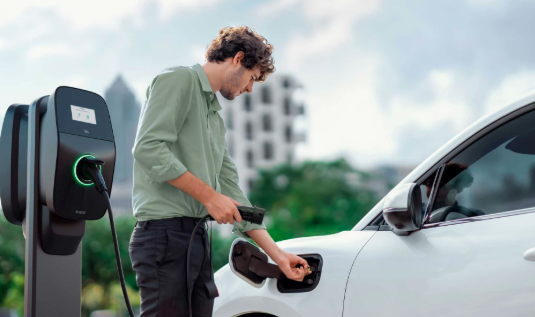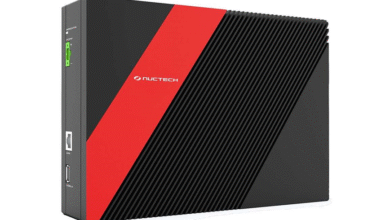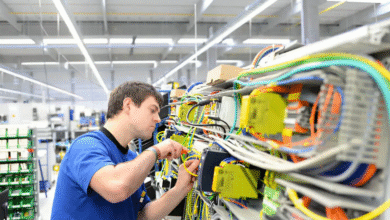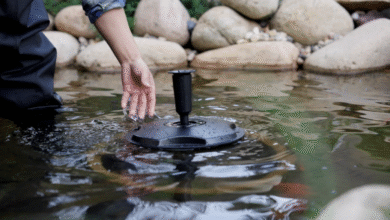ccs quick charger: The Backbone of Fast and Universal EV Charging

Among the various charging solutions available today, the ccs quick charger has emerged as a leading contender, powering EVs quickly and efficiently while offering interoperability across multiple brands and geographies.
This article explores the importance of the ccs quick charger, its technical advantages, its role in the expansion of EV infrastructure, and why it is becoming the preferred standard for both manufacturers and consumers alike.
What is a CCS Quick Charger?
The ccs quick charger refers to a charging system built upon the Combined Charging System (CCS) standard, a global protocol for EV charging that supports both AC (slow) and DC (fast) charging. The “quick charger” aspect refers to the DC fast charging capability, which allows EVs to charge significantly faster than traditional AC chargers.
The CCS connector combines the standard Type 1 (used in North America) or Type 2 (used in Europe) AC plug with two additional DC pins, enabling dual functionality. This allows a ccs quick charger to serve both slow and rapid charging needs through a single universal connector.
Why CCS is Becoming the Global Standard
The push for standardization in the EV industry is largely due to the challenges posed by multiple competing charging formats. Initially, different regions adopted different charging systems—CHAdeMO in Japan, GB/T in China, and Tesla’s proprietary connector in North America. However, the ccs quick charger has steadily gained dominance for several reasons:
– Universal Compatibility
The CCS plug supports a wide range of electric vehicles from major automakers including BMW, Ford, Volkswagen, Hyundai, Kia, and Mercedes-Benz. As more automakers embrace CCS, the infrastructure surrounding it continues to grow.
– Dual-Mode Functionality
The CCS system supports both AC and DC charging, giving users flexibility. You can charge slowly at home or quickly on the road—all using the same port on your car.
– Interoperability
Because CCS is widely supported across different EV brands, drivers can use a single charging station type regardless of their vehicle’s make or model.
See also: How Asunnotkytömaa Is Shaping the Future of Technology
How Fast is the ccs quick charger?
Speed is one of the defining features of the ccs quick charger. While AC chargers typically offer between 3 to 22 kW of power, CCS DC fast chargers start at 50 kW and can go up to 350 kW in ultra-fast variants.
Here’s a general idea of what that means in real-world usage:
- 50 kW CCS chargers can add about 100–150 km of range in 30 minutes.
- 150 kW chargers can provide up to 300 km in the same time.
- 350 kW ultra-fast chargers can add 300–400 km in just 15–20 minutes, depending on the vehicle’s battery capability.
These high speeds make the ccs quick charger ideal for highway rest stops, urban fast-charging hubs, and commercial fleet depots.
Key Features and Benefits
1. Smart Charging Capabilities
Many CCS stations are equipped with smart technology that allows users to:
- Monitor charging sessions via mobile apps
- Schedule charging during off-peak hours
- Pay through digital platforms
- Receive real-time updates on station availability
2. Scalability
Whether it’s a single charging point for a business or a full highway charging corridor, CCS stations are scalable. Manufacturers offer modular units that can be expanded as demand grows.
3. Cost Efficiency
Over time, the widespread adoption of CCS is helping reduce costs for both consumers and infrastructure providers due to standardization and economies of scale.
4. Grid-Friendly Design
Advanced CCS chargers are designed to integrate with smart grids and renewable energy sources, improving energy efficiency and reducing load during peak times.
Global Adoption of CCS Chargers
As of 2025, CCS has become the dominant fast-charging standard across much of the Western world. Europe was an early adopter of the ccs quick charger, with regulations requiring all new public charging stations to support CCS. North America has followed suit, with most new DC fast-charging infrastructure now using the CCS protocol.
Key developments include:
- Tesla’s move to support CCS through adapters and CCS-compatible Superchargers in Europe.
- Public-private partnerships across the EU and U.S. to deploy thousands of CCS stations.
- Automaker investments such as Ford and GM installing CCS infrastructure at dealerships and service centers.
Even regions like South America, Australia, and parts of Asia are increasingly aligning with the CCS standard due to its global recognition and growing EV fleet compatibility.
Challenges and Considerations
Despite its benefits, the ccs quick charger still faces a few challenges:
– High Installation Costs
Fast chargers require substantial infrastructure, including high-capacity transformers, durable enclosures, and proper site engineering. This can result in higher upfront costs compared to slower AC chargers.
– Battery Limitations
Some older or budget EV models may max out at 50 kW even when connected to a 150 kW charger.
– Grid Impact
Widespread use of high-powered CCS chargers could strain local grids, especially in areas with outdated electrical infrastructure. Smart charging and energy storage systems are being developed to address this.
Conclusion
In the fast-paced world of electric vehicles, charging technology must keep up with both consumer expectations and the ever-expanding vehicle market. The ccs quick charger is leading the way by providing a standardized, fast, and flexible solution for EV charging across all major regions and vehicle brands.
Its adoption is not just a technical upgrade—it represents a strategic move toward a more unified and user-friendly electric mobility ecosystem. As the world races toward net-zero emissions, the ccs quick charger will continue to be one of the most critical enablers of the clean transportation revolution.



